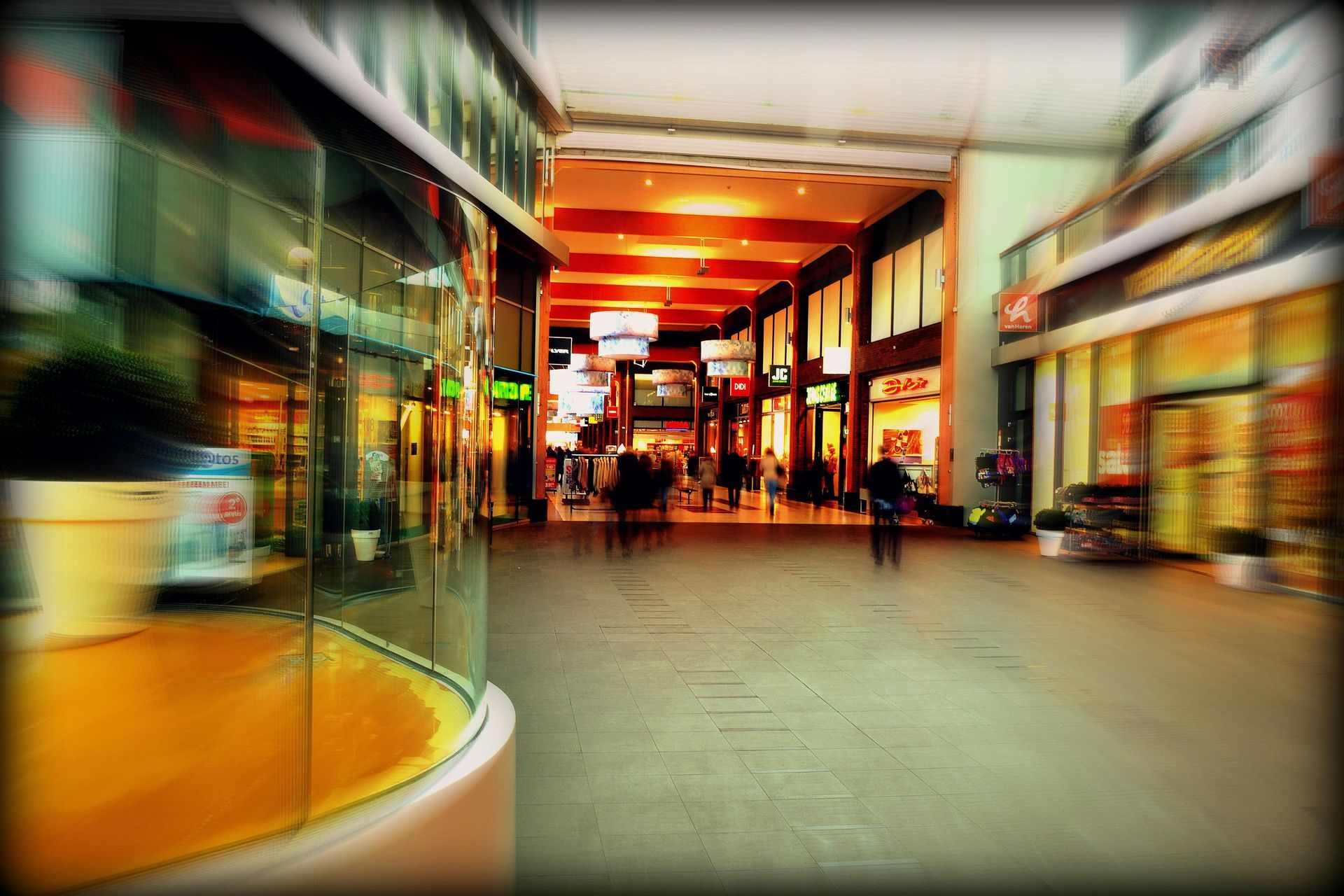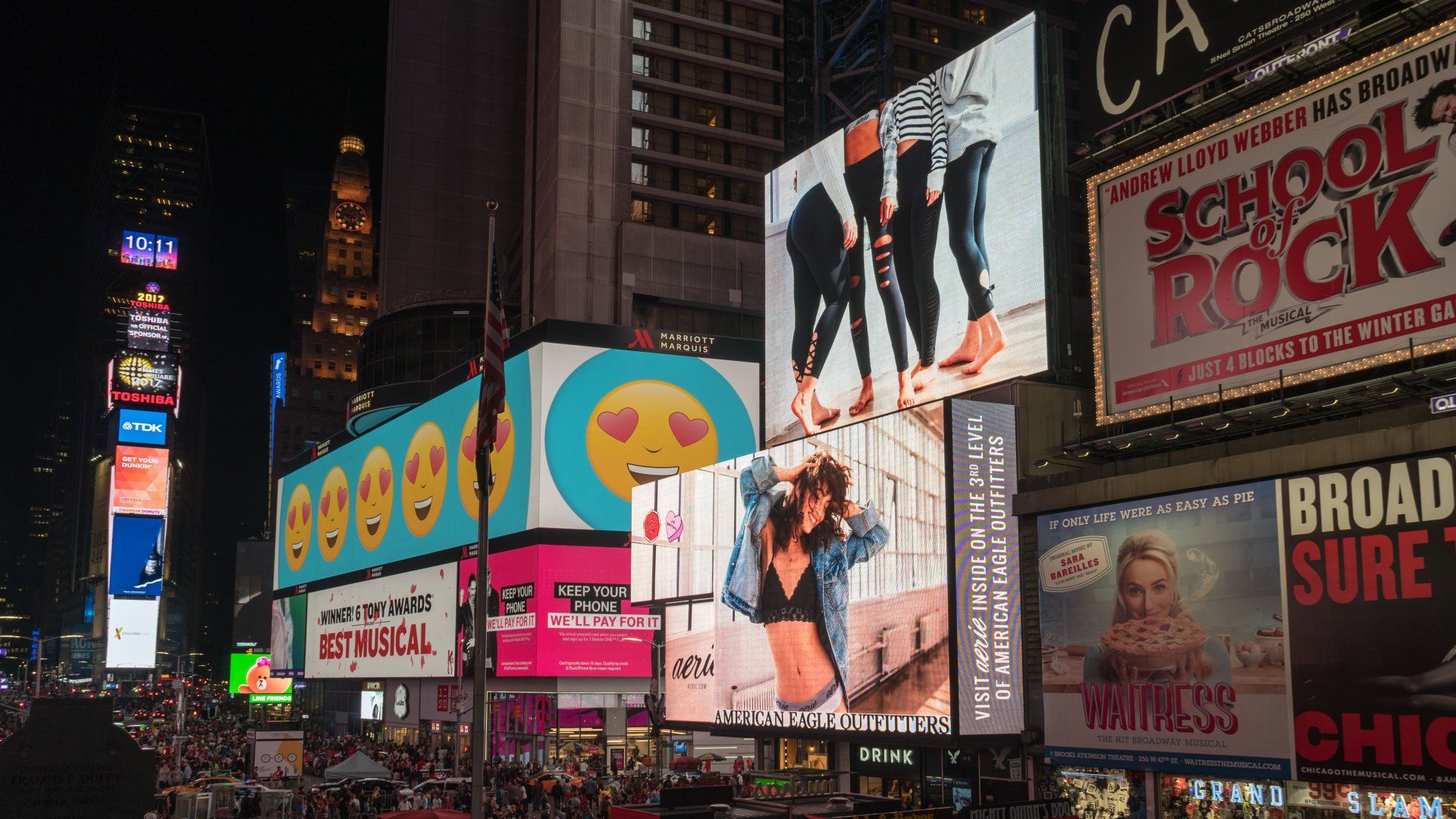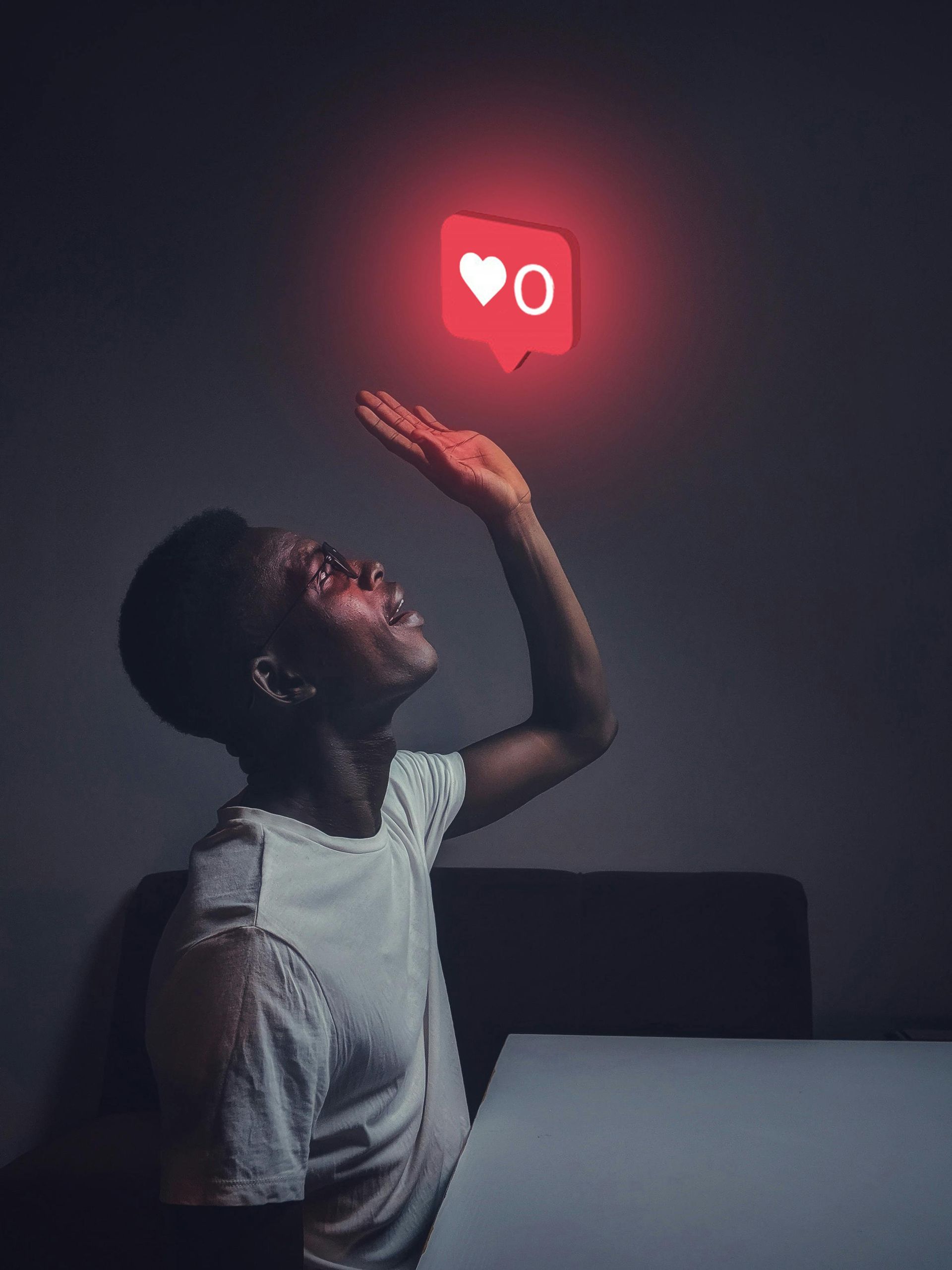How Luxury Pricing Psychology Elevates Brand Perception
Unravel the intriguing aspects of luxury pricing psychology that fuel desire and elevate brand perception.
Understanding Luxury Pricing
Navigating the murky waters of luxury product pricing reveals an undeniable mystique — an enigmatic mix of perception, value, and desire. This lucrative sector thrives on a pricing model shrouded in opulence, sparking intrigue among those who covet the finer things and aspire to high-status lifestyles.
Luxury pricing strategy thrives on exclusivity and scarcity, leveraging psychology to target discerning consumers desiring unique, high-end experiences.
But how does this intricate luxury pricing model operate in upscale markets? The core lies in careful strategy rooted in exclusivity and scarcity, which compel shoppers to gloss over the price tag and zeroes in on the intrinsic high value. It hinges on clever psychology and targets discerning consumers, fueling their desire for unique, high-end experiences.
What is luxury pricing?
Luxury pricing is a strategy where products are priced significantly higher than their actual cost. This isn't involved with the cost-of-production, rather, it's grounded in the perceived value, which is immeasurably more.
Unlike traditional pricing models which focus on competitive pricing or cost-based pricing, luxury pricing thrives on customer's perception of value. It's an approach that targets a high-end, affluent market who are willing to pay more for exclusivity and prestige.
The strategy hinges on brand reputation, perceived value, and the psychology of prestige. The principle of higher price equates to higher quality drives consumer behavior in luxury markets and plays a crucial role in enhancing brand perception.
The psychology behind luxury pricing
Understanding the psychology behind luxury pricing requires an insight into human behavior and the concept of perceived value. It revolves around the allure of exclusivity and the powerful impact it has on pricing strategies in the luxury market.
- Exclusivity as a Driver: Luxury items possess an inherent sense of rarity. This exclusivity translates to high demand, creating an upward push on prices.
- Luxury as a Status Symbol: High-end goods are often seen as symbols of success and status. This psychological association facilitates the acceptance of higher prices.
- Perception of Value: The perceived value, not the actual cost, determines the price of premium items. The more extraordinary the perceived value, the higher the price the market is willing to pay.
- Scarcity and Demand: The principle of scarcity influences luxury pricing. Limited availability fuels the desire for a product, subsequently elevating its price.
Perceived value and premium pricing
In the realm of luxury, price often transcends the physical value of a product or service. Perceived value – a consumer's evaluation of how much a product or service is worth to them compared to its market value – can dictate premium pricing.
- A high perceived value can justify higher prices - even if production costs remain the same.
- Outstanding product quality can significantly bolster the perceived value, conferring a more luxurious image.
- A strong and reputable brand image adds to the perceived value, thus enabling premium pricing.
- Effective marketing narratives can heighten the perceived value by associating the product or service with exclusivity, status, and desirability.
Importance of exclusivity and scarcity
Exclusivity and scarcity harness the natural human tendency to desire what is rare or hard to obtain, forming a pivotal part of luxury pricing strategy. By catering to an exclusive class of audience, premium brands drive up their perceived value. It's a well-trodden path to increased profitability.
The rarity factor works like a charm in traditional luxury markets. Customers feel elevated knowing they own something few others do, thus adding an emotional appeal to the product which transcends its functional benefits.
In this vein, releasing limited editions or one-off pieces creates an immediate sense of scarcity. This strategy not only amplifies demand but also strengthens the perception of exclusivity, further justifying the higher price tags.
Understanding what drives desire among your customer base is crucial. When your product is scarce and exclusive, it feeds into a powerful psychological trigger, ultimately impacting how your brand is perceived and ensuring a loyal, high-paying customer base.
The role of brand reputation
Maintaining a sterling brand reputation is intrinsically linked to luxury pricing. A strong, positive reputation convinces consumers that premium prices are justified, further reinforcing the luxury status of the brand.
- Consistency in brand quality and customer experience
- Positive customer reviews and testimonials
- Evidence of corporate responsibility and ethical sourcing
- Partnerships with influential figures in relevant industries
- Effective crisis management plans
- Continuous brand innovation and improvement
- Dedicated and superior post-sale services
Creating a Premium Brand
Forging a premium brand in an affluent market requires more than just a hefty price tag. It necessitates a holistic strategy that combines quality, aesthetics, a compelling brand story, and high-end materials to construct a rich brand experience that commands top dollar.
Premium pricing plays a pivotal role in sculpturing the image of luxury brands. It reflects the brand’s exclusivity, perceived value, and the status it confers upon its patrons, effectively setting it apart in a saturated market.
Building a strong brand identity
A robust brand identity can provide a justification for luxury pricing. Luxury consumers anticipate an experience, an ambiance that transcends ordinary transactions – a promise only fulfilled by brands with a strong identity.
However, this identity doesn’t magically generate itself; it is meticulously crafted. Consistent emphasis on values, mission, and customer service creates an entity more significant than the sum of its products.
This sacred interaction cannot be replicated with mediocre price tagging. Luxury pricing rewards the brand's assertion of its identity and inherent excellence.
Understanding the connection between brand identity and successful luxury pricing is critical for business owners and sales agents. Without a recognizable and respected identity, luxury pricing can seem unjustified and off-putting.
An unambiguous, robust brand identity aims not only to set your brand apart but also to communicate an unspoken promise of quality, thereby ensuring successful luxury pricing.
Crafting a unique brand story
An authentic tale amplifies the appeal of your brand. This narrative behind the birth, evolution, and ethos of your business adds substantial weight, ultimately justifying the luxury price tag attached to your offerings.
A powerful brand story is instrumental in elevating customer perception. It's not merely about the product or service; it's the entire experience, the voyage that aligns with the customer's identity and beliefs.
Furthermore, an intriguing brand story piques curiosity and commands attention. Weaving the essence of exclusivity, heritage, and passion within every thread of your narrative can significantly influence luxury pricing.
The thoughtfully crafted narrative serves as a beacon, leading the consumers on their journey of discovering and appreciating the true worth of your brand. This emotional connection cements their loyalty, and they don't mind paying the premium prices.
The stories we share define who we are as a brand. Our innovative designs, meticulous craftsmanship, and uncompromising standards are etched in every chapter, resonating with our discerning customers and propelling our stature as a luxury brand.
Investing in high-quality materials
Investing in superior materials is a cardinal rule for luxury brands that desire to justify their high price points. A meticulously picked, high-quality material not only exudes exclusivity and luxury but indirectly promises longevity and durability, which warrants the steep pricing.
Revel in the fact that as consumers ascertain the use of high-grade materials in product manufacturing, their perception of the brand shifts to positive. They perceive your brand's genuine devotion to quality and are willing to pay the premium for this commitment.
A genuine leather handbag or pure Egyptian cotton sheets inspire more trust and deemed more valuable than their synthetic counterparts. High-grade materials not only function better but they create a luxury sensory experience, eliciting a higher desire to own.
Indeed, in the realm of luxury, substance reigns over style. Therefore, luxury brands are advised to ensure high-quality materials as the backbone of their product line. This vital investment can truly elevate a brand's perception and stand it out in the competitive luxury market.
Design and aesthetics in luxury branding
Meticulous design plays an influential role in luxury pricing, being a testament to the level of craftsmanship and attention to detail that justifies a higher cost. The careful selection of materials, innovative techniques, and adherence to superior quality standards define luxury and separate it from the mainstream.
Aesthetic coherence and consistency are also essential in elevating brand perception. This visual harmony creates an instantly recognizable identity, communicating a seamless brand experience that resonates with a high-end audience. It transcends functionality, turning a mere product into a piece of art.
Accomplished through well-crafted logos, opulent color palettes, and distinctive typography, this harmony exudes luxury. It reinforces the perception of the brand as an arbiter of taste and quality. Hence, it contributes significantly to justify the premium pricing associated with luxury brands.
Targeting the Right Audience
To rightly target an audience aligned with luxury pricing, there's a need to understand the tastes and preferences of a clientele who relish indulgence and celebrate affluence.
Success in high-end markets hinges on precisely tailoring luxury pricing strategies, a tactical approach infused with keen insights about the purchasing behaviors of this elite segment.
Identifying the ideal customer persona
Customer persona profiling serves as a vital catalyst to precise luxury pricing. It illuminates the prospective buyers' preferences and habits, navigating your product's direction and cutting through a niche market with agility.
By deploying demographic insights, you can tune into your user's habits. It deciphers the socioeconomic triggers like age, gender, or income, effectively guiding your premium pricing approach and resonating with your prospective clientele.
Psychographic insights delve deeper, revealing attitudes, aspirations, lifestyles, and interests. It's from this rich tapestry of insights that brands can match their high-end pricing strategies, ensuring their offerings align with consumer expectations.
With these insights in hand, you can sculpt a dynamic pricing approach, responding to a refined understanding of your customer's desires and resource availability. That’s how luxury brands elevate their pricing from mere digits to a broader manifestation of their clients' aspirations.
Appealing to the aspirational customer
Luxury brands often elevate their perceived value by tapping into the aspirations of the consumer. This emotional connection enables customers to feel a sense of achievement and status when purchasing the product.
Aspirational marketing strategies serve as a bridge between luxury pricing and brand perception, positioning high-end commodities as a symbol of success, personal fulfillment, and elevated social standing.
Understanding the psychology of status
Status-seeking behavior significantly influences luxury pricing. The alluring prestige associated with luxury goods often justifies their high prices, inducing consumers to willingly pay for this perceived superiority. This is a key principle in luxury pricing psychology.
By showcasing your brand as a status symbol, you play into a fundamental human desire for recognition and status. When a product is seen as a marker of socioeconomic status, it naturally commands a higher price.
Elevating brand perception goes beyond just producing quality products. Incorporating status symbolism into your brand's narrative, you align your brand with an aura of exclusivity and sophistication, enabling a successful implementation of luxury pricing.
Status symbolism isn't merely about pricier tags. It's about creating the feeling that owning your product places one in a select crowd, a sensation that perfectly justifies the luxury pricing model and makes it even appealing.
The allure of acquiring a heightened status makes consumers willing to pay premium prices, and business owners can leverage this by weaving status symbolism into their luxury pricing strategy. It’s a potent psychological driver that let customers feel like they're buying into a distinct class.
Creating desire and emotional connection
Luxury pricing ignites desires unlike any other. It presents a challenge to the consumer, stirring up strong emotional connections with the brand. High-end pricing not only symbolizes unfathomable opulence but also satiates the craving for exclusivity.
Luxury pricing wields immense power in creating customer desire. The hefty price tag attached to luxury goods screams exclusivity, elegance, and superior quality, nurturing a deep emotional bond with customers. They're not just buying a product—they're buying a status symbol.
The emotional pull that luxury brands exert on their customers is extraordinary. In the world of opulence, high-end pricing equates to high standards. It's this desire for the 'best' symbolized by premium pricing that creates an emotional connection, leading to brand loyalty.
Communicating Value
Premium pricing serves more than just an income generator. It’s a powerful tool employed by luxury brands to communicate their value, making customers perceive their products and services as highly desirable and worth the high cost.
Value communication plays an essential role in shaping your luxury pricing strategy. The goal is not just to sell an item, but to sell an experience, a status symbol, a lifestyle - all encapsulated in the high price.
Having a luxury pricing strategy also reinforces a feeling of exclusivity and scarcity. The hefty price tag communicates value by telling customers they're receiving something not available to just anyone. This luxury perception boosts brand reputation and customer loyalty.
Brand reputation plays a crucial part in luxury value communication. Even without explicitly stating it, a high price point signals a guarantee of quality, singling out a luxury brand as a trusted source of premium products.
Strong narratives around your brand are invaluable entities in communicating value. Luxury isn't just about physical products or services anymore. It's about the stories, the passion, and the vision behind each premium-priced offering that captivates the audience's heart.
The language of luxury is key in communication. This doesn't just refer to the words used, but also to colors, textures, and experiences tied to the brand. These language elements subtly communicate the high value underlying your luxury pricing.
Symbolism adds depth to luxury brands. They're the intangible aspects that resonate with customers on a deeper level, influencing their perception of luxury and thereby their willingness to pay a premium price.
Social proof and testimonials function as silent salespeople for your brand. They reinforce your value proposition and influence the perception of luxury within your customer’s mind, justifying your premium pricing strategy. These powerful tools are substantial players in communicating the value of your luxury brand.
The language of luxury
The language of luxury is pivotal in shaping a brand's identity and pricing strategy. This lexicon, often characterized by sophistication and opulence, aids in establishing an ambiance of exclusivity and desirability. Through effectively decoding and employing the language of luxury, brands can significantly enhance their perceived value and price positioning.
- Utilizing a refined, elegant vocabulary for product descriptions.
- Associating the brand with high-quality, prestigious terms.
- Using linguistic techniques that convey exclusivity and rarity.
- Tailoring communication to resonate with an affluent target audience.
- Implementing persuasive language that amplifies perceived extravagance.
Using storytelling and symbolism
Luxury brands often leverage the power of storytelling and symbolism to enhance their brand perception and to justify their high-end pricing. Stories evoke emotions and create connection, while symbols warrant premium value. They together form a cunning duo to stimulate the perception and desire for high-end products, solidifying the brands’ place in the luxury market.
- Storytelling: Craft rich, engaging narratives about your brand's legacy or craftsmanship. These tales forge a special emotional attachment with the audience, making them more willing to pay a premium.
- Symbolism: Utilize symbols that depict status, luxury, or exclusivity. Be it the iconic high-polished steel of Rolex watches or the distinctive red soles of Louboutin shoes, these symbols instantly signal luxury.
- Personal Stories: Use personal stories of the founders or creators to highlight their passion, determination and valuable skills. This humanizes your brand, promoting loyalty and trust.
- Environmental Narrative: Share stories about your commitment to quality and sustainability. Highlighting these moral and ethical benefits resonates with today's conscious consumers.
- Cultural Connections: Utilize symbols that connect with people's cultural ideals. These indelible imprints can place your brand in the high realm of desirability.
Leveraging social proof and testimonials
In luxury pricing psychology, social proof and testimonials play a predominant role. Connecting customers' luxurious experiences with your brand fortifies your premium pricing stance. Such social reinforcements showcase the high-life aspect of your products and uphold their extravagant perceived value.
Luxury brands exude an air of premium quality, exclusivity, and a vibrant lifestyle. When clients deliver testimonials on such special experiences, it amplifies the brand perception massively. This validation bridges the gap between price and value, strengthening the monetary justification.
Finally, nothing speaks more powerfully than a satisfied client spreading grand stories of your brand. Testimonials serve as success stories, encapsulating the opulence of your brand in customers' lives. They inherently bolster your brand's reputation, making your luxury pricing strategy more potent.




















